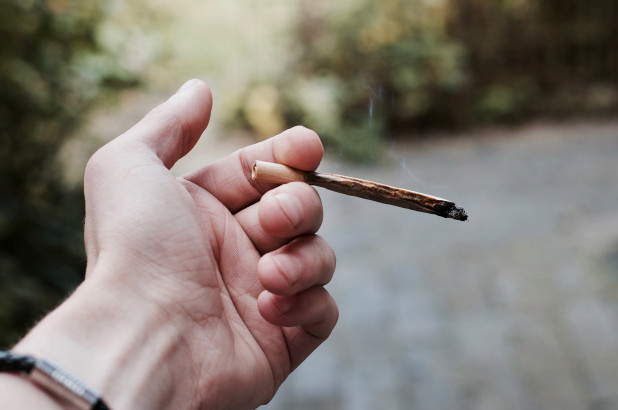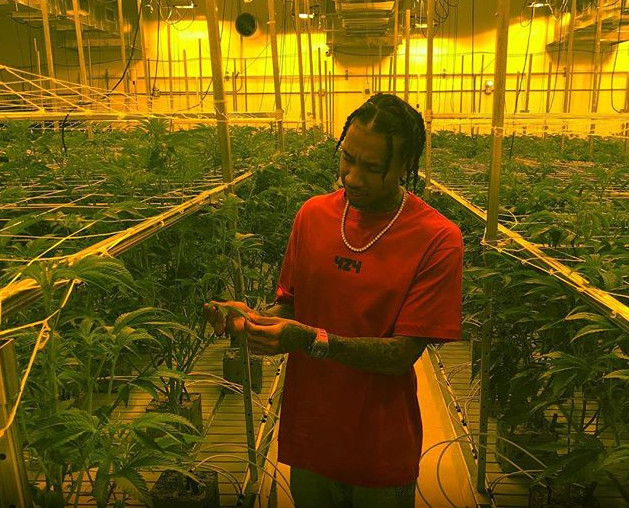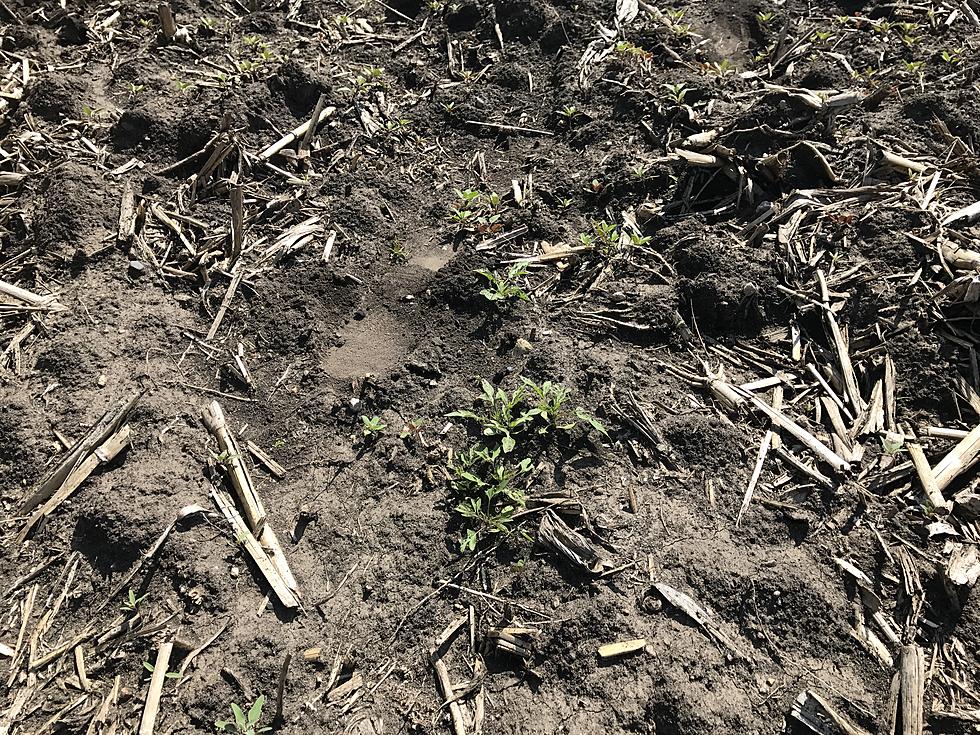Manitoba farmers are well acquainted with redroot pigweed, with its common reddish tinge, and most would not balk at putting a name to the seedling, even with only a few cotyledons breaking ground.
If you’re in one of the unlucky Manitoba municipalities to be ‘blessed’ with waterhemp however, it might not be redroot pigweed at all. It might be a glyphosate-resistant headache in the making.
The two species are almost identical early on, attendees at two weed seedling identification days heard last month, save pigweed’s longer cotyledons (canoe shaped, Manitoba Agriculture’s Ingrid Kristjanson described them, compared to rowboat-like cotyledons on waterhemp).
The two species are just one example of “look-alikes” farmers might confuse, provincial weed experts warned during the two events in Brandon and Carman in late May.
“People do get mixed up between the foxtails, that would be a pretty easy one to get mixed up,” Kristjanson said. “And now that we’re seeing barnyard grass act more like the foxtails earlier on, sometimes we get the green foxtail and barnyard grass mixed up.”
Unlike both foxtail species, barnyard grass has no legule, or membrane where the leaf sheaf meets the stem. The province also points to a flatter stem on barnyard grass and yellow foxtail, smaller, greener seed heads in green foxtail, and distinctive hairs on yellow foxtail leaves.
Auricles, the points of the collar where the leaf meets the stem, might offer another clue in grasses. Barley will have uneven auricles and quackgrass will have the same, the room in Brandon heard, but auricles will be small. Wheat and oats have even auricles, although wheat grows small auricles and foxtail and barnyard grass have no auricles at all.
Rosette weeds are also commonly mistaken, Kristjanson said.
“The sow thistles, dandelion, even shepherd’s purse, early on they’ll get misidentified. You sometimes need a little bit more growth,” she said. “And really early on, when you’ve only got cotyledon leaves, some of those little rounded cotyledons, even stinkweed you can mix up with some of the other ones. You don’t become a so-called expert of weed ID in your first year out.”

Credit: www.manitobacooperator.ca
Manitoba Agriculture has published a seedling identification guide to help producers get a handle on what’s growing in their field, while companies have also launched initiatives, such as weed identifications apps for the smartphone.
Some of those, however, might be of limited use to the producer.
The same weed might look very different from field to field, based on anything from soil moisture and soil type to fertility and crop rotations, Kristjanson said.
“There’s lots of weeds that come to mind. Kochia is one of them and there’s a great example here today,” provincial weed specialist Tammy Jones said at the Brandon identification day, pointing to both a fuzzy, closely clustered rosette and a finer-leafed, more erect example of the plant.
The same can be said, again, for both yellow and green foxtail and barnyard grass, while Jones also brought up the example of narrow-leaved hawk’s beard, a plant she says that can vary from almost smooth edged to “deeply lobed and they look completely different.”
“Sometimes knowing the growth habit or what was in the field the year before can really help you as far as scouting a weed rather than technically identifying that weed,” she said.

Credit: www.manitobacooperator.ca
That variation might tempt producers to hold off management until a mystery weed can be identified for sure (although something neither Jones or Kristjanson would advise), particularly when the different options lend themselves to different management strategies, and taking a gamble on the wrong weed can lead to big costs later in the season.
Herbicide tolerance might make misidentifying volunteer canola for wild mustard a costly mistake, Kristjanson said, as an example. The two are almost impossible to tell apart until mustard’s true leaves start to emerge, with their telltale hairs.
In the case of redroot pigweed versus waterhemp, the latter of which is infamous for glyphosate resistance, a misidentification could mean a hit in crops like canola or corn, although Kristjanson says cereals are less likely to be an issue, since most producers would be using products both would be vulnerable to.
At the same time, both provincial weed experts said, waiting for weeds to develop can cause equal headaches if farmers miss the ideal management window or allow weeds to leach resources from a crop.
“If you look at something like corn, it has a critical weed-free period where it won’t compete well with weeds early on,” Jones said. “Flax would be another one that’s not a very good competitor and, again, some crops have better tolerance to herbicides when they’re younger as well, so the earlier you can remove those weeds, the better.”
The farmer may be better to look at the rest of the field for insight into a mystery plant, Jones added. Attendees to the identification day were advised to look to the headlands where weeds may be more developed and more easily named.
If not, they can always ask for help.
“If you do need help with identifying something, make sure you take a good, clear picture if you’re sending it away,” Kristjanson said. “If you’re submitting a sample, make sure you’re submitting the entire plant, not just a stray leaf. That is hugely frustrating when we get samples sent in and it’s just this leaf that doesn’t even have a stalk, for instance, and we do get those. For those really oddball things, if you try to identify it and you can’t, you may be better off to wait until you get to the flowering stage.”

Credit: www.manitobacooperator.ca
Credit: www.manitobacooperator.ca












